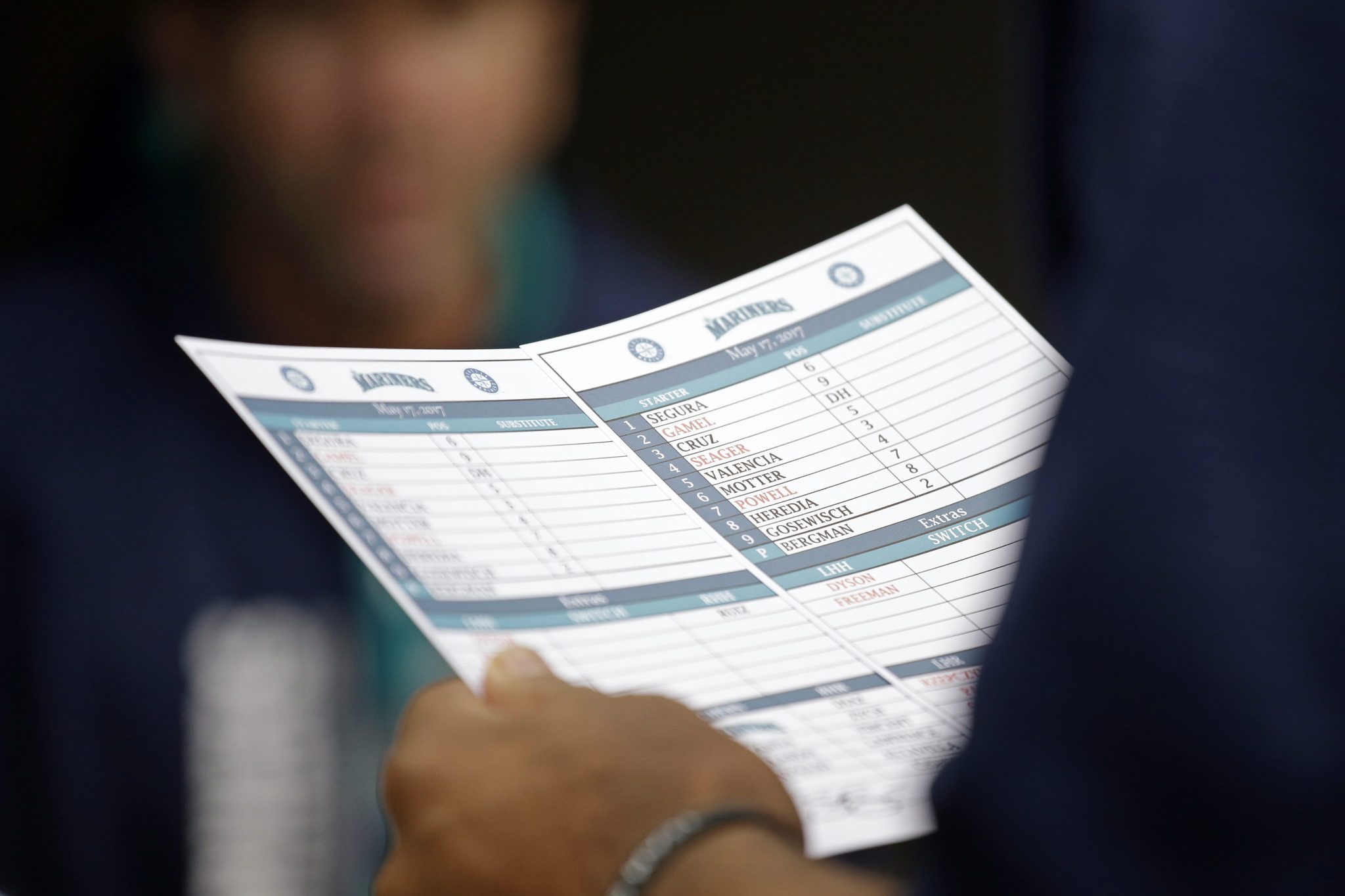Yesterday, Nationals manager Dave Martinez decided to hit superstar outfielder Bryce Harper in the leadoff spot. This was Harper’s first time batting leadoff since 2013. The move was made in part because Harper has not been getting many pitches to hit, so he’s been getting frustrated and impatient at the plate. Harper’s 38 walks through March and April were the second most in MLB history, behind only Barry Bonds.
It was only one game, but the move certainly worked last night. Harper hit his first home run since April 16, and he scored two runs from his new spot in the order. Overreaction happens all the time, and we don’t want to do that here, but Harper—one of the league’s best players—batting first opens an interesting discussion about where the best spot in the order is for your best batters.
So, is batting the best hitter leadoff first something that could become more frequent in baseball? As always, there are pros and cons that come with it.
One obvious benefit of batting your best hitter leadoff is that it becomes harder for pitchers to nibble with him to start the game. No pitcher wants to start the game with a walk, so the first at-bat of the game might end up being the best time for your best hitter to get “his pitch.” As was the case with Harper, teams were either pitching around him or intentionally walking him while he was in middle of the order, which meant less opportunities to do damage with the bat. It’s hard to do that when a guy starts the game.
Also, leadoff hitters obviously get the most at-bats over the course of a 162-game season. Here’s how the at-bats were broken down by batting position during the 2017 season (numbers via Baseball Reference):
1st: 755.9
2nd: 737.9
3rd: 721.1
4th: 705.1
5th: 687.4
6th: 670.3
7th: 652.7
8th: 632.6
9th: 613.5
18 more at-bats over the course of the season—the difference between the No. 1 spot and No. 2 spot in the order using last season’s numbers—isn’t a lot. The separation naturally gets bigger as you go down the order. So while the leadoff spot gets more opportunities, the difference isn’t huge when you consider how many games there are in a season.
However, if you think about each game as individual instead of thinking about at-bats during the course of a season, getting the best hitter to the plate as many times as possible (which is done from the leadoff spot) could be the difference in the game.
The biggest downside to hitting someone in the leadoff spot is that they do not get as many opportunities to drive in runs as the other lineup positions. Batting the best hitter first will guarantee the most opportunities at the plate, but the object of the game is to knock in runs. There aren’t as many opportunities when the bottom of the order is in front of you.
A balance needs to be struck, which is why many teams and managers have decided the two-hole is the best spot to put your best hitter. Mike Trout bats second for the Angels. Jose Altuve bats second for the Astros. It’s become more common over the last few years. The No. 2 position gives nearly as many at-bats as the leadoff position, and it gives more opportunities to drive in runs.
And there’s also teams that still feel the three-hole is the spot to place your best hitter. It gets the third most at-bats while typically giving the second most opportunities to knock in runs.
In the end, it comes down to each individual player and the entire roster. If certain guys are comfortable in certain spots in the order, the manager should roll with that. But to get your best player as many at-bats as possible during a season, batting him first is the only way to do it.

Interesting discussion.
2nd or 3rd imo. Cool to think about.
First maybe if you move your pitcher 8th.